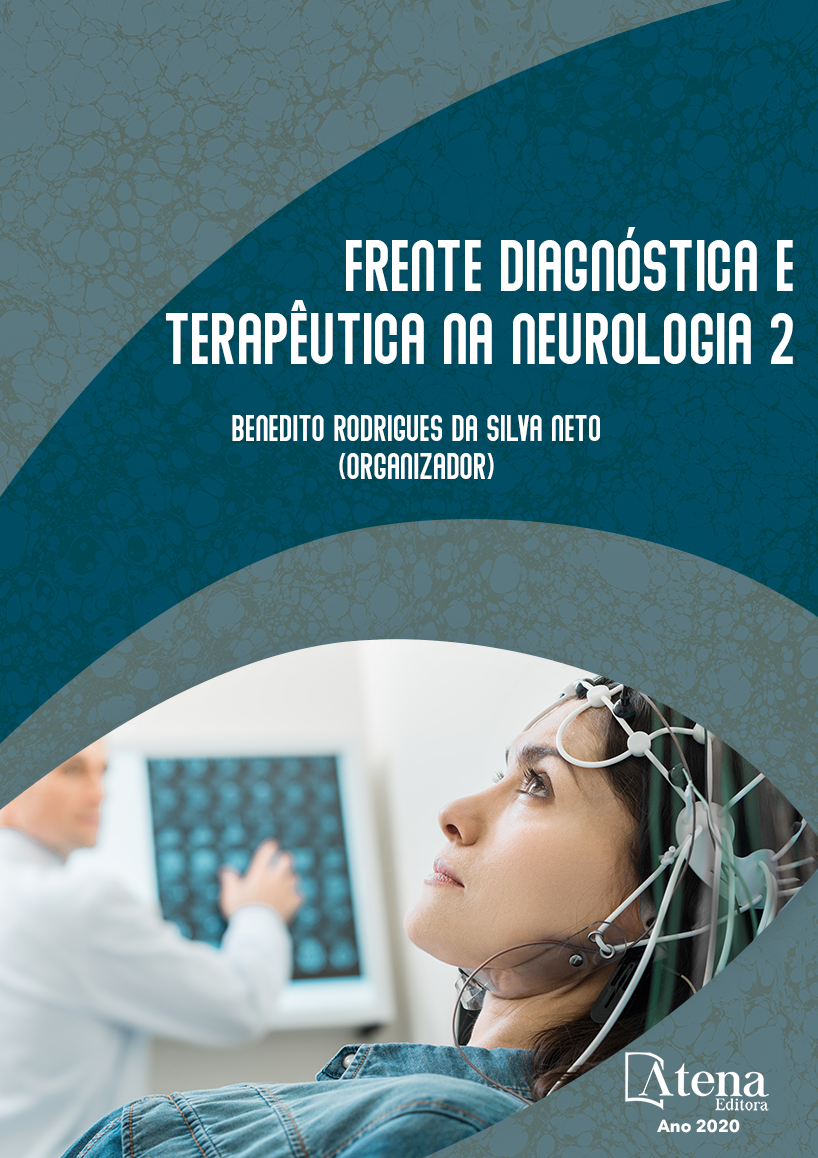
PERFIL EPIDEMIOLÓGICO DA MENINGITE NA POPULAÇÃO PEDIÁTRICA DAS MACRORREGIÕES BRASILEIRAS ENTRE 2010-2017
A meningite é uma inflamação das meninges que pode ter diversas etiologias, especialmente infecciosa. Dentre as causas infecciosas, a etiologia viral é a mais frequente, porém a mortalidade é maior nas meningites bacterianas, chegando a 40% em menores de 2 anos. Devido à sua alta morbimortalidade, principalmente na pediatria, é fundamental o conhecimento epidemiológico da meningite no grupo de maior risco. Em nosso estudo, descrevemos o perfil epidemiológico da meningite na idade pediátrica no Brasil entre 2010-2017. O total de casos de meningite no período foi 89.256. Em 2012 houve a maior incidência, sendo que os anos seguintes apresentaram diminuição no número de casos em comparação a 2012. O Sudeste e o Nordeste tiveram a maioria dos casos. As principais etiologias foram meningite viral (MV), meningite não especificada (MNE) e bacteriana (MB), respectivamente, exceto no Sudeste, onde o MB excedeu a MNE. Na meningite bacteriana, os sorogrupos C, B e W135 predominaram em todas as idades. A maioria dos casos ocorreu na faixa etária de 1-4 anos, seguida por crianças menores de 1 ano e entre 5-9 anos. A doença predominou em homens e brancos. Taxas de mortalidade mais altas foram observadas em menores de 1 ano e nos casos de meningococcemia. Os resultados corroboram a literatura disponível quanto à maior incidência na faixa etária abaixo de 5 anos, no sexo masculino e na maior mortalidade na meningite bacteriana, principalmente devido ao meningococo sorogrupo C.
PERFIL EPIDEMIOLÓGICO DA MENINGITE NA POPULAÇÃO PEDIÁTRICA DAS MACRORREGIÕES BRASILEIRAS ENTRE 2010-2017
-
DOI: 10.22533/at.ed.56120280120
-
Palavras-chave: Epidemiologia, meningite, pediatria.
-
Keywords: Epidemiology, meningitis, pediatrics
-
Abstract:
Meningitis is an inflammation of the meninges that can have various etiologies, especially infectious. Although viral meningitis is more frequent, mortality is higher in cases of bacterial meningitis, reaching up to 40%, especially in children under 2 years. Due to its high morbidity and mortality, especially in pediatric age, frequently with rapidly progressive forms and the possibility of vaccine prevention in some situations, the knowledge about the epidemiology of meningitis and which age group is at higher risk is fundamental. In our study, describing the epidemiological profile of pediatric meningitis in Brazil between 2010-2017. The total number of cases of meningitis was 89.256 in 2010-2017. The year 2012 had the highest incidence. The following years showed important reduction in the number of cases compared to 2012. The Southeast and Northeast regions had the highest number of cases. The main etiologies were viral meningitis (MV), unspecified meningitis (MNE), and bacterial meningitis (MB), respectively, except in the Southeast, where MB exceeded MNE. In bacterial meningitis, serogroups C, B and W135 were predominant in all ages. Most of the cases occurred in the age group of 1-4 years, followed by children under 1 year and between 5 and 9 years. The disease predominated in males and whites. Higher mortality rates were observed in children under 1 year and in cases of meningococcemia. The results support the available literature regarding higher incidence in the age group under 5 years, males and the higher mortality in bacterial meningitis, mainly due to the meningococcus serogroup C.
-
Número de páginas: 8
- Felipe Reynan Vieira Paiva dos Santos
- Lívia de Almeida Andrade
- Alana Oliveira Santos


